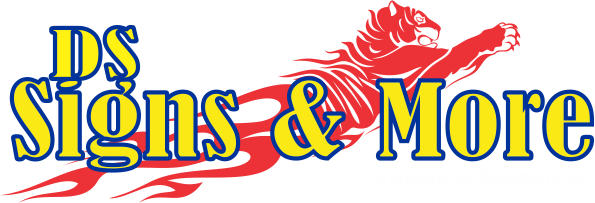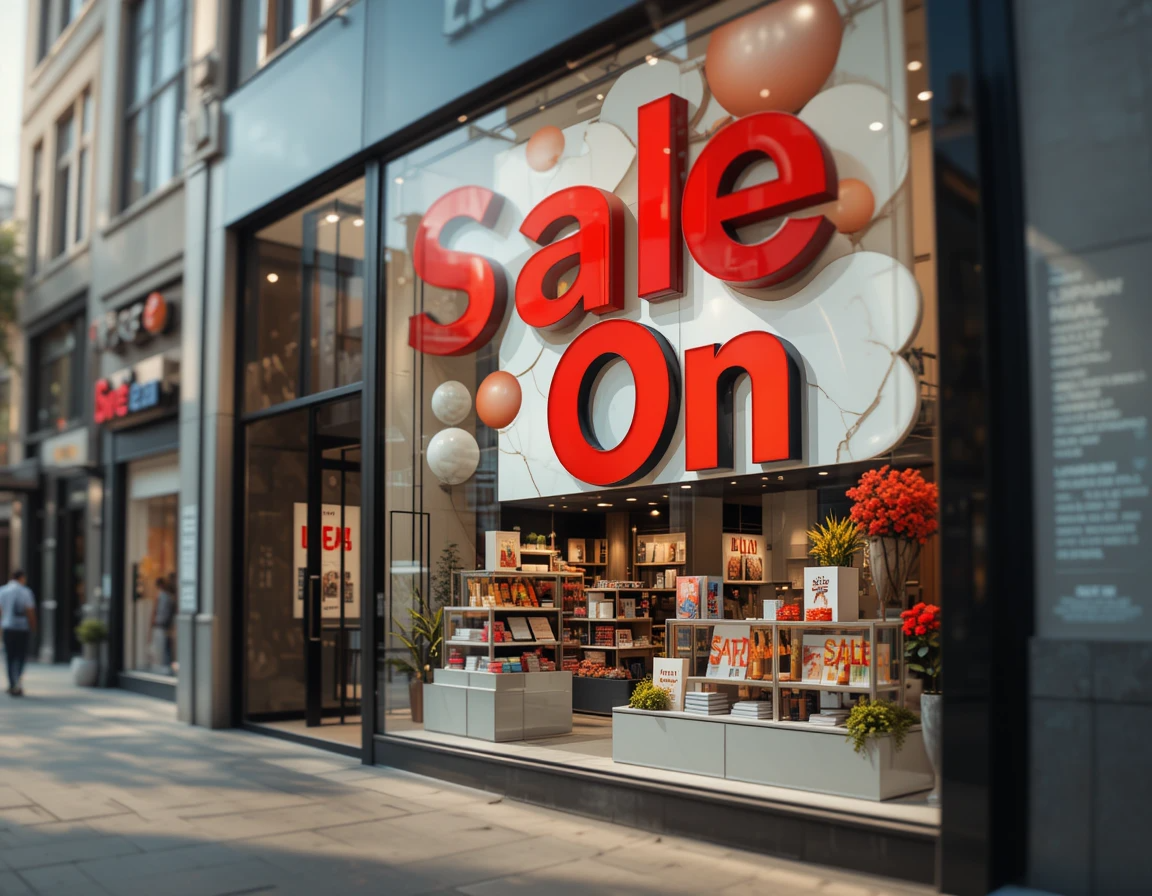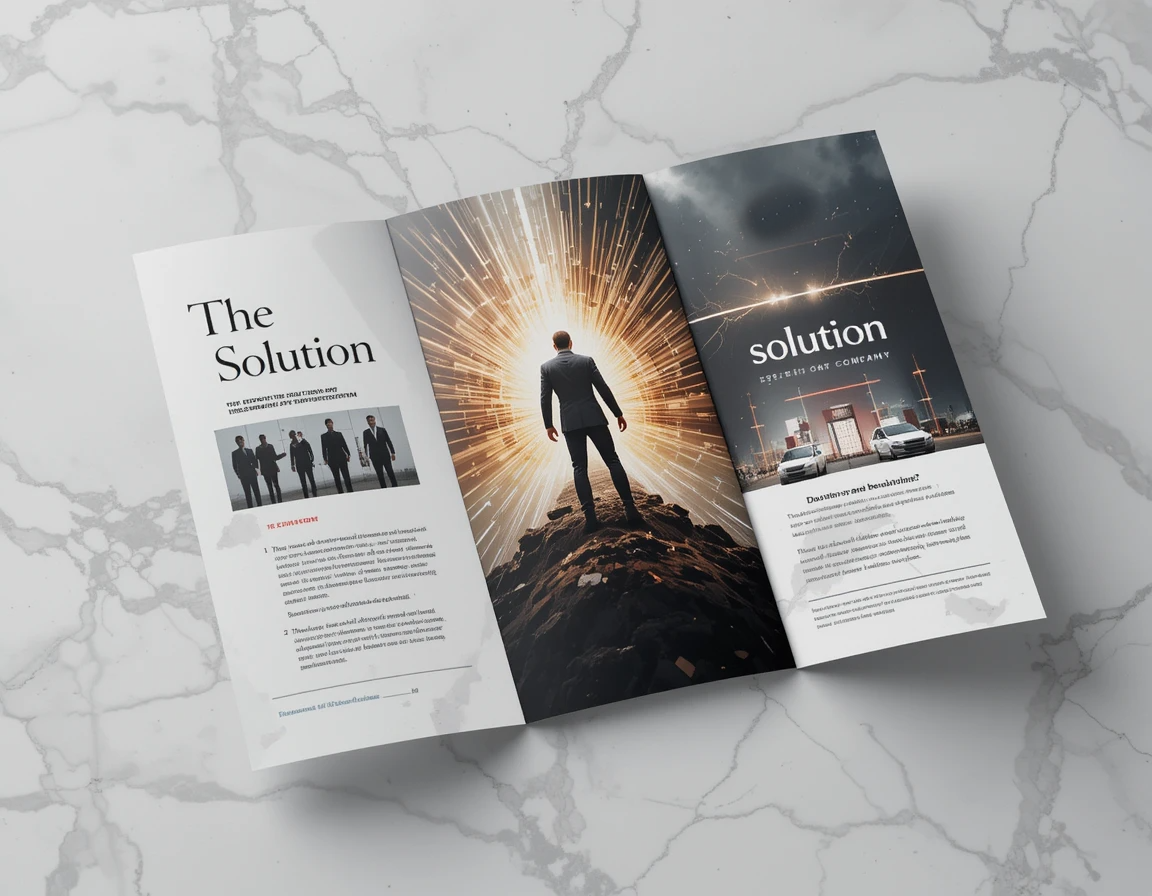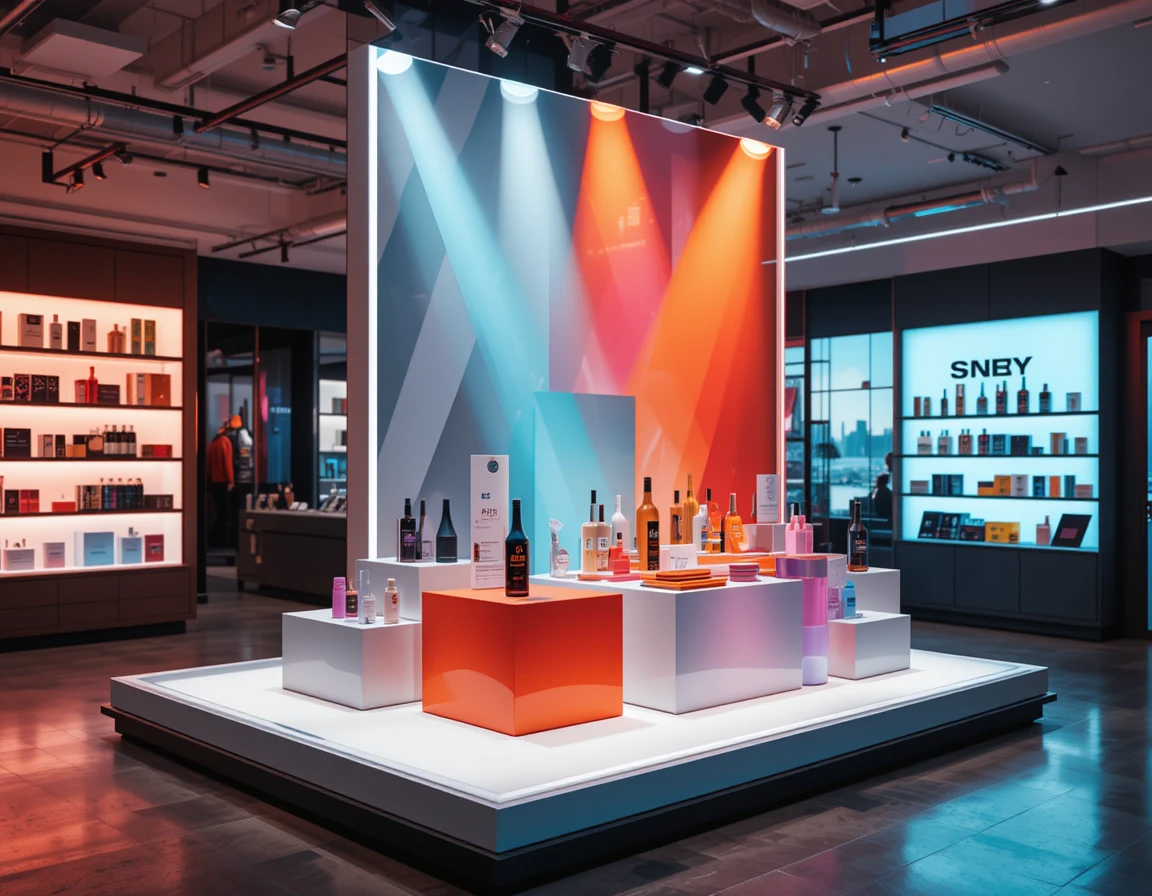Window Displays That Convert: Design Principles for Retail Success
Your store window is the most powerful, yet underutilized selling tool you own.
While you’re reading this, potential customers are walking past your storefront, making split-second decisions about whether your business deserves their attention. The harsh truth? Most retailers are leaving thousands of dollars on the table every month with ineffective window displays that fail to convert passersby into paying customers.
Consider this: Studies show that effective window displays can increase sales by up to 540%. That’s not a typo. Yet most business owners treat their windows as an afterthought rather than the powerful conversion tool they could be.
Today, I’m pulling back the curtain on the science and strategy behind window displays that don’t just look good – they actually drive traffic and generate sales. These are the same principles used by retail giants like Anthropologie, Bergdorf Goodman, and Apple, adapted for businesses of any size and budget.
Why Window Displays Matter More Than Ever
In an age where consumers can shop from their couch with a few taps on their phone, your physical storefront must work harder than ever to compete for attention and interest.
The psychology is fascinating: your brain processes visual information 60,000 times faster than text. When someone walks past your store, their subconscious makes judgments about your brand, products, and even pricing before their conscious mind has a chance to catch up.
This happens in approximately 7 seconds – that’s your window of opportunity to convert a passerby into a visitor.
But here’s what makes this opportunity so valuable: unlike digital marketing where you’re competing with endless distractions, your store window has a unique moment of focused attention from someone who is physically in your neighborhood, already in “shopping mode,” and demonstrating interest in businesses like yours.
They’re not just prospects – they’re prospects with high purchase intent. If you can’t convert them, you’re leaving money on the sidewalk.
Core Design Principles for High-Converting Window Displays
Focal Point Creation: Drawing the Eye Where You Want It
The human eye needs direction. Without a clear focal point, potential customers experience something psychologists call “analysis paralysis” – when faced with too many options and no clear guidance, they simply move on.
Your window display needs a primary focal point positioned at eye level (typically 5’6″ from the ground) that instantly communicates what your store offers and why it matters.
Secondary focal points should support this main message rather than compete with it. Think of it as a visual hierarchy – your customer’s eye should follow a deliberate path that tells a story and builds desire.
Techniques for creating effective focal points include:
- Using elevation (platforms, risers, hanging elements)
- Strategic lighting that highlights key products
- Contrast in size, color, or texture
- Movement (subtle motorized elements draw attention)
- The power of isolation (a single item surrounded by negative space)
Remember: if everything is emphasized, nothing is emphasized.
The Power of Storytelling Through Visual Merchandising
Humans are wired for narrative. We don’t just buy products – we buy the stories and feelings associated with them.
Your window should tell a story that your ideal customer can imagine themselves in. This doesn’t require elaborate setups or Broadway-level production. Even simple displays can tell powerful stories through thoughtful arrangement.
Consider these storytelling approaches:
- Before/After scenarios
- Aspiration and lifestyle fulfillment
- Problem/Solution narratives
- Seasonal activities or occasions
- Emotional moments and celebrations
For example, don’t just display a dress – show the complete look for a special occasion, with accessories and context that trigger emotional connection. Don’t just show cookware – create a vignette of a perfect dinner party that customers aspire to host.
Color Psychology in Retail Displays
Color isn’t just decorative – it’s strategic. Different colors trigger different psychological and emotional responses that directly impact buying behavior.
- Red creates urgency and excitement – perfect for sales and limited-time offers
- Blue builds trust and security – ideal for high-ticket items
- Green connects to health, wealth and environmental values
- Yellow captures attention and triggers optimism – excellent for window focal points
- Black communicates luxury and sophistication
- White creates the perception of space, simplicity, and cleanliness
The most effective displays use color theory deliberately, with a dominant color (60%), supporting color (30%), and accent color (10%) to create harmony while directing attention.
Most importantly, your color scheme should reinforce your brand identity rather than distract from it. Consistency builds recognition and trust.
Lighting Techniques That Highlight and Sell
Lighting isn’t just functional – it’s one of your most powerful selling tools. Poor lighting can make even luxury merchandise look cheap, while strategic lighting can elevate modest products to must-have status.
Key lighting principles include:
- Layer multiple light sources (ambient, accent, and feature lighting)
- Use spotlights to draw attention to high-profit items
- Consider color temperature (warmer lighting for traditional/cozy, cooler lighting for modern/technical)
- Create contrast between light and shadow to add dimension
- Adjust lighting for different times of day (especially important if you get evening foot traffic)
- Ensure your lighting is visible even in bright daylight
An often-overlooked factor: light placement. Side-lighting creates texture and dimension, while overhead lighting can flatten products. Experiment with different angles to find what makes your products look their absolute best.
Balancing Simplicity and Interest
The most common mistake in window design is overcrowding. When displays try to show everything, customers see nothing.
Research consistently shows that simplified displays with breathing room around featured products outperform busy displays with numerous items. This may seem counterintuitive – shouldn’t showing more products create more opportunities for sales?
Not exactly. Cognitive load theory tells us that when people face too many options or visual information, they experience mental fatigue and are more likely to make no choice at all.
The sweet spot is creating simplicity without boredom. This balance comes from:
- Limiting the number of products (3-5 items is often ideal)
- Creating visual interest through composition, not quantity
- Using negative space strategically to frame products
- Varying heights, sizes, and textures for dimension
- Ensuring every element serves the central story
Remember: your window display is an invitation, not an inventory.
Strategic Product Selection for Window Displays
Showcasing High-Margin Items vs. Traffic Drivers
The products you feature should fulfill strategic objectives, not just look nice. Every window display should balance two sometimes-competing goals:
- Showcasing high-margin items that maximize profit
- Featuring traffic-drivers that get people through the door
The ideal approach is to create a display where high-margin items are the stars, supported by recognizable traffic-drivers that create initial interest. Think of it as using your most attention-grabbing products to sell your most profitable ones.
For example, a bookstore might feature the latest bestseller (traffic driver) alongside premium journals, special editions, and gift items (high-margin products) in a coordinated display.
Always ask: “What do I most want to sell?” not just “What looks best in the window?”
Seasonal Considerations and Timely Relevance
Timing transforms interest into urgency. Your displays should not only be seasonally appropriate but slightly ahead of customer needs.
Effective window displays anticipate what customers will soon need rather than what they need right now. This creates a perception of your store as forward-thinking and prevents the “too-late” syndrome where customers have already solved their seasonal needs elsewhere.
A strategic seasonal calendar might include:
- Early-season displays (showing spring items in late winter)
- Event preparation windows (showing party supplies 3-4 weeks before major holidays)
- Solution-based displays for seasonal challenges
- Transitional displays that bridge between major seasons
The frequency of rotation matters too – displays should change at minimum every 2-3 weeks, with minor refreshes weekly to maintain interest from regular passersby.
Creating Desire Through Lifestyle Contextualization
Products in isolation rarely create emotional connection. Products in context trigger desire.
Lifestyle contextualization means showing products not as they appear in inventory, but as they exist in the customer’s idealized life. This approach transforms products from objects into experiences and identity markers.
Effective contextualization includes:
- Showing products in use rather than just on display
- Creating environments that reflect aspirational settings
- Grouping complementary products that enhance each other
- Using mannequins or models that reflect your target customer
- Including subtle lifestyle cues that signal who the product is for
Ask yourself: “What does owning this product say about the customer?” Then design displays that reinforce that identity.
Common Window Display Mistakes to Avoid
Even beautiful displays can fail to convert if they make these critical errors:
Clutter and Visual Overwhelm
When displays try to show too much, customers actually see less. Edit ruthlessly, removing anything that doesn’t contribute to your central message.
Stale or Outdated Displays
Displays that linger too long signal neglect and lack of freshness. Even regular customers stop “seeing” displays after they’ve viewed them a few times. Set a rotation schedule and stick to it.
Disconnection from In-Store Experience
Your window creates expectations that your store interior must fulfill. The fastest way to disappoint customers is showing something in the window they can’t find inside. Ensure featured products are prominently available just inside the entrance.
Poor Signage or Pricing Visibility
Customers hate uncertainty. If your display creates interest but leaves price or product details a mystery, you create friction rather than flow. Include visible but tasteful signage that addresses key customer questions.
Measuring Your Window Display Effectiveness
Key Metrics to Track for ROI
What gets measured improves. Track these metrics to gauge your display effectiveness:
- Conversion rate (window stoppers who enter the store)
- Display-featured product sales compared to baseline
- Overall traffic counts during display periods
- Time spent looking at window (average and range)
- Social media mentions or photos taken of your display
The simplest measurement: position a team member near the entrance and track how many people look at your window, how many enter after looking, and how many make a purchase.
A/B Testing Techniques for Retail Windows
Major retailers constantly test display elements, and you should too. With multiple windows, try different approaches simultaneously and measure results. With a single window, alternate approaches weekly and compare performance.
Elements worth testing include:
- Product selection and arrangement
- Color schemes
- Lighting techniques
- Signage and messaging
- Props and contextual elements
Look for patterns in what performs best with your specific customer base rather than following generic best practices.
Gathering and Implementing Customer Feedback
Your customers will tell you what works if you ask. Simple techniques include:
- Brief “what caught your eye?” conversations at checkout
- Social media polls about display elements
- Email surveys to regular customers
- “Display inspiration” suggestion cards
Some of the most effective display ideas come directly from customer feedback, especially when they explain what initially attracted them to your store.
Practical Implementation Timeline and Budget Considerations
Planning Your Display Rotation Schedule
Create a 12-month window display calendar that accounts for:
- Major selling seasons
- Local events and attractions
- Product launch timelines
- Slower periods that need extra attention
Work backward from key dates, allowing adequate preparation time for more elaborate displays while planning simpler refreshes for transition periods.
Cost-Effective Props and Materials
Impactful displays don’t require massive budgets. Consider these approaches:
- Investing in versatile, reusable elements (pedestals, risers, mannequins)
- Creating a prop library that can be recombined in different ways
- Leveraging unexpected materials (paper, fabric, natural elements)
- Building relationships with local artists for custom elements
- Repurposing packaging and materials you already have
The most successful displays often come from creativity, not budget. A single dramatic element can outperform numerous expensive props.
Time-Saving Techniques for Frequent Refreshes
Window design shouldn’t consume your entire operational bandwidth. Streamline the process by:
- Creating modular display components that can be quickly reconfigured
- Developing templates for different display types
- Training multiple team members in basic display principles
- Preparing elements in advance during slower business hours
- Documenting successful displays for future reference
Many retailers find success by dedicating specific time slots (Monday mornings, Sunday evenings) to display refreshes, creating a rhythm that becomes part of the operational flow.
Your Window, Your Most Valuable Retail Real Estate
Your store window isn’t just glass and display space – it’s your most powerful selling tool, working 24/7 to convert passing interest into paying customers.
The principles we’ve covered aren’t just design theory – they’re battle-tested strategies that directly impact your bottom line. From focal point creation to strategic product selection, from lighting techniques to measurement systems, these approaches transform passive displays into active sales generators.
The difference between a window that looks nice and one that actively converts is intention. Every element should serve a specific purpose in guiding customers through a journey from attention to interest to desire to action.
Ready to Transform Your Retail Windows into Conversion Machines?
Don’t let another day go by with underperforming window displays costing you sales. Take these steps today:
- Evaluate your current window against the principles in this guide
- Identify the three biggest opportunities for improvement
- Schedule a display refresh implementing these changes
- Measure the results using the metrics we’ve discussed
Better yet, let our visual merchandising team conduct a free 45-minute Window Conversion Assessment at your location. We’ll analyze your current displays, identify specific opportunities for improvement, and share actionable recommendations you can implement immediately.
Call (647) 366-9899 today or Email: info@dssignsandmore.com to schedule your complimentary consultation.
Because when your windows work harder, you don’t have to.




